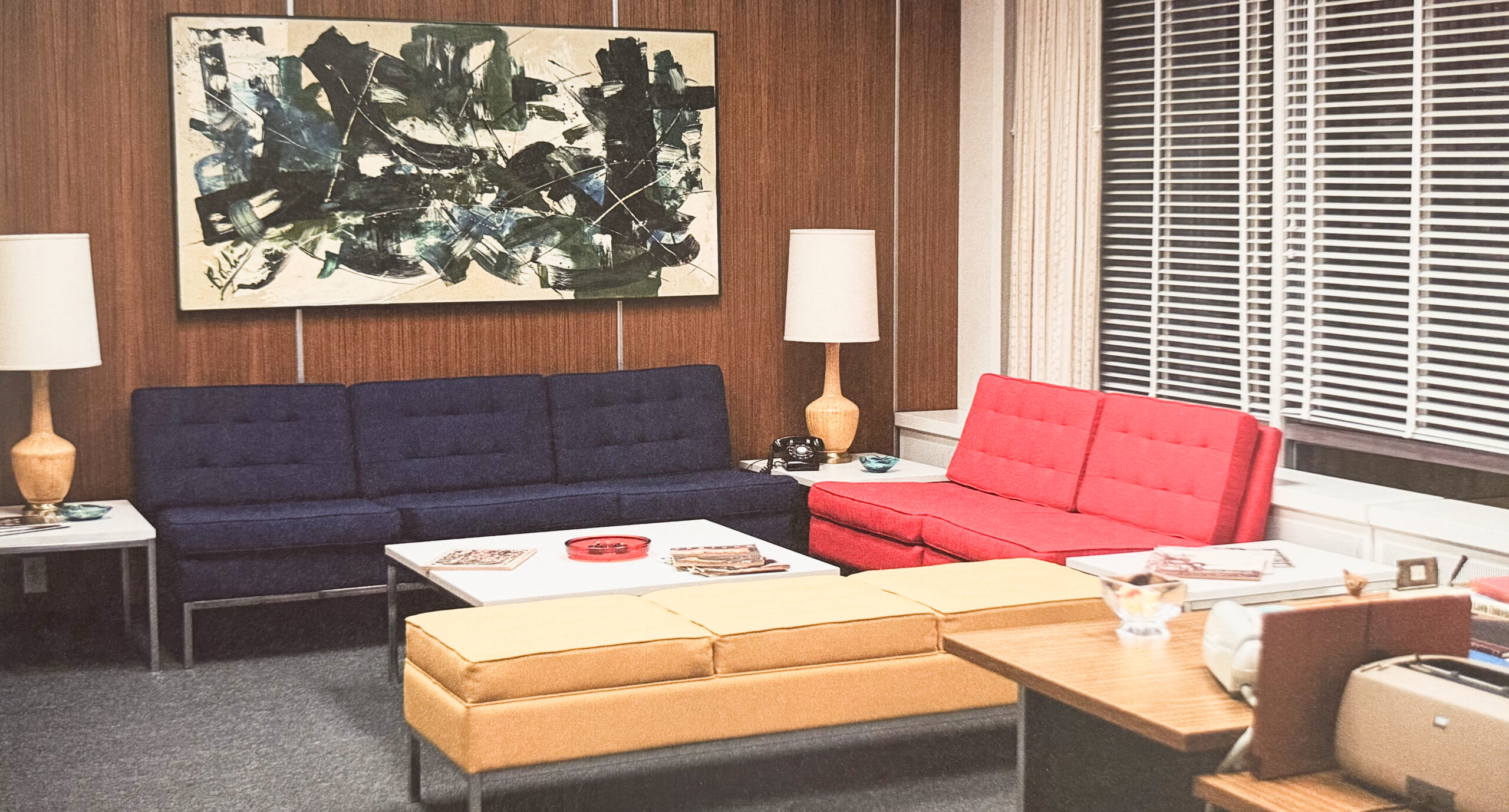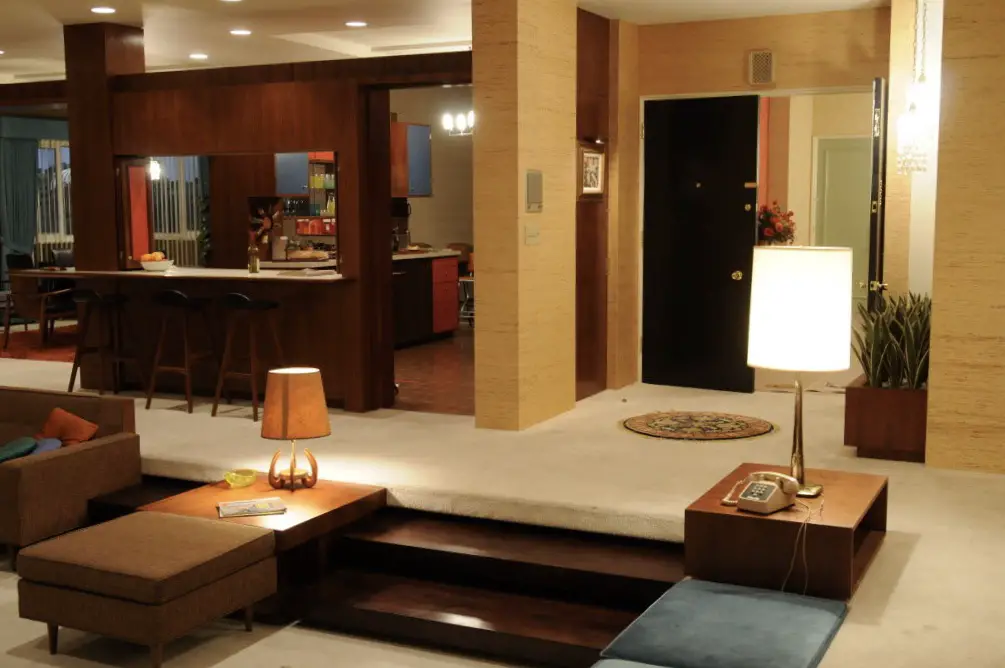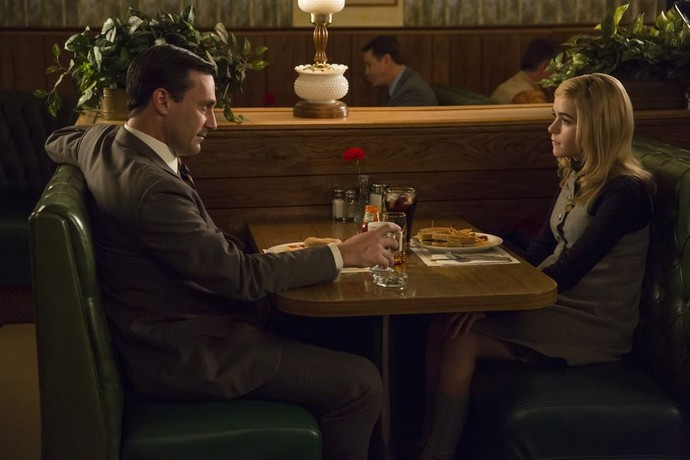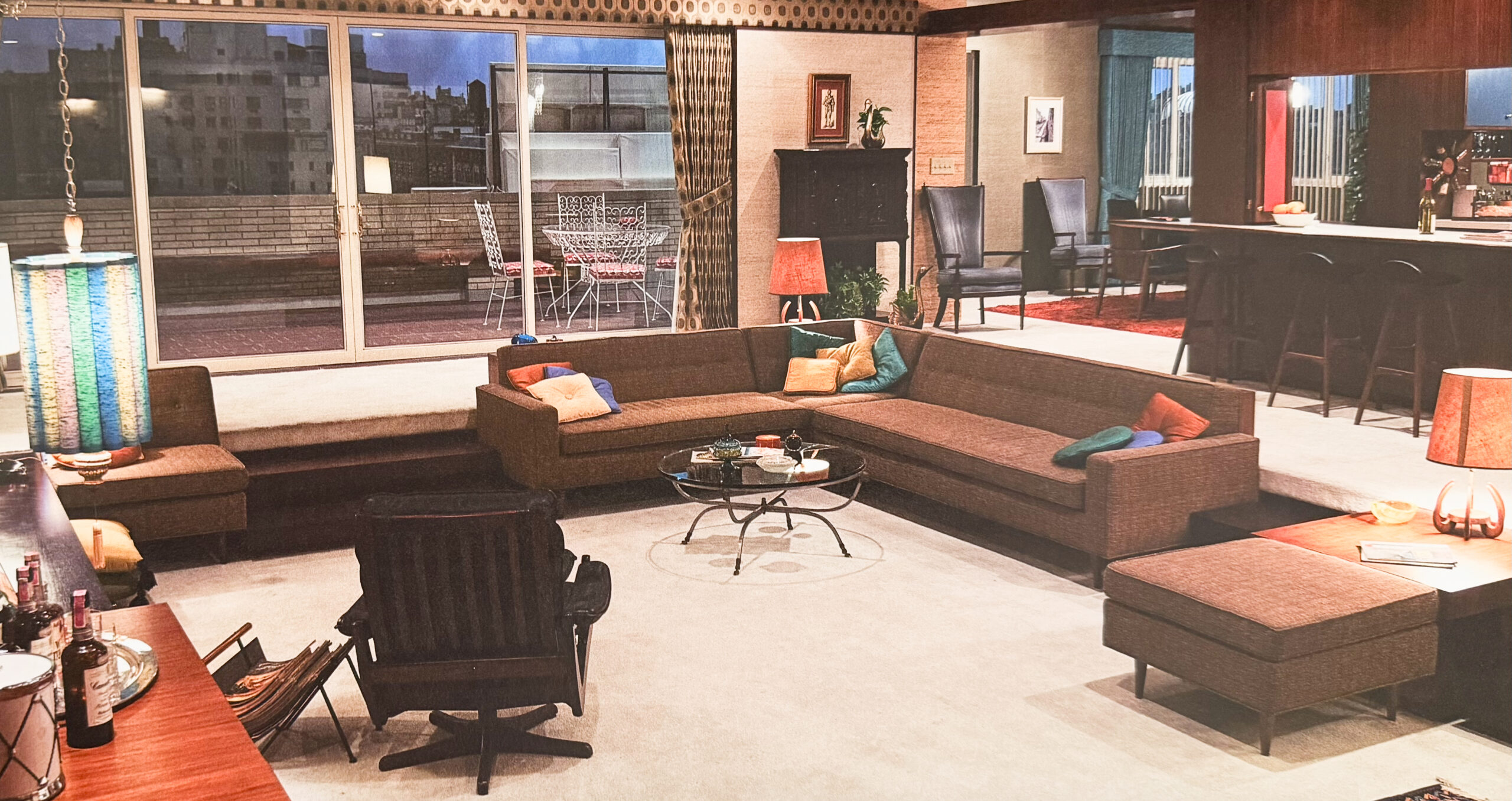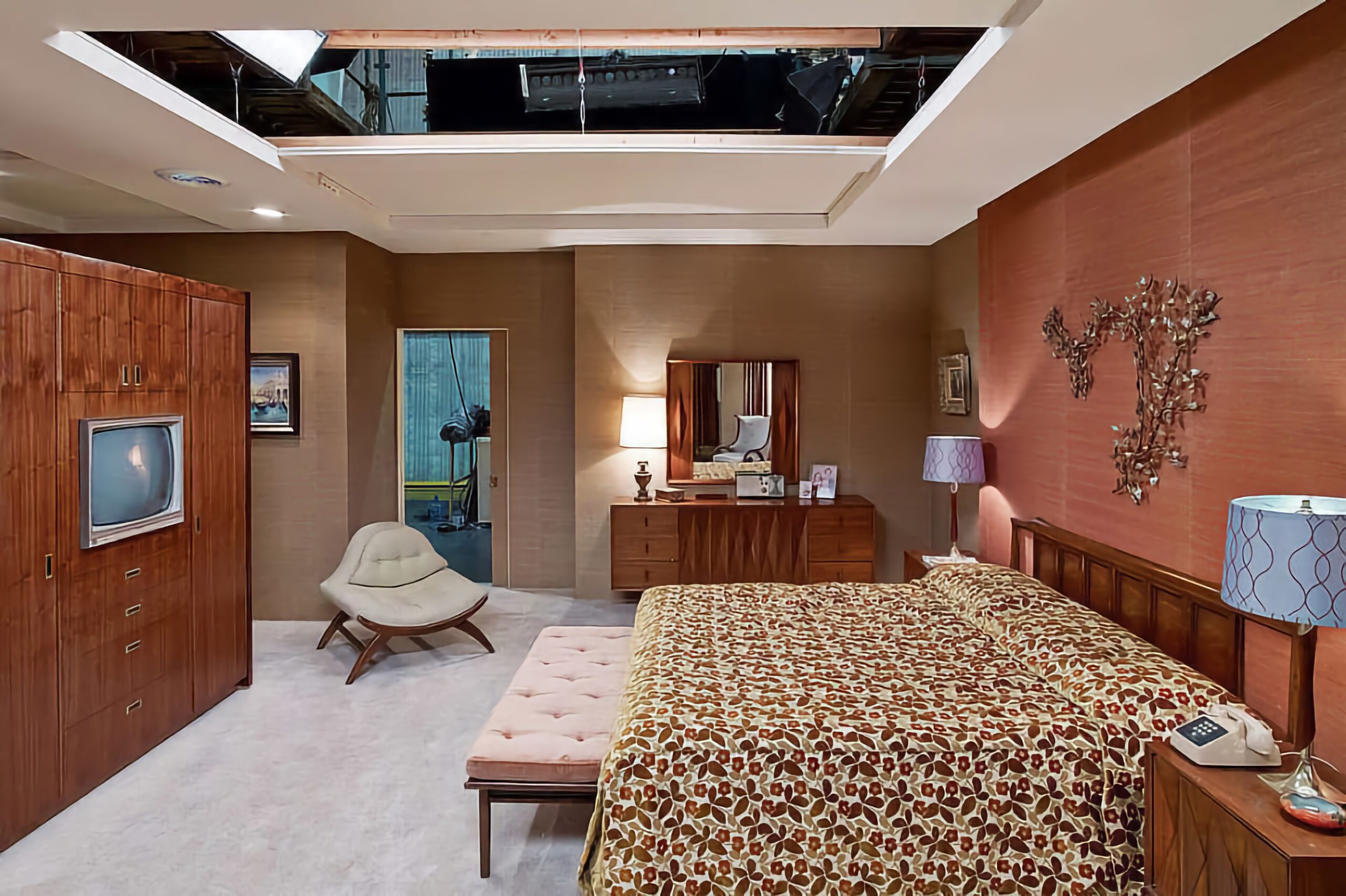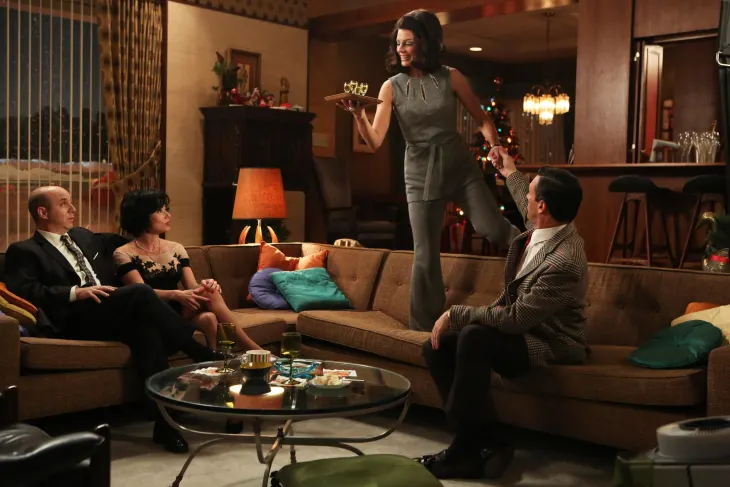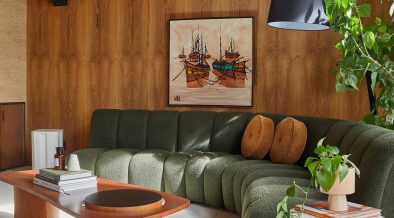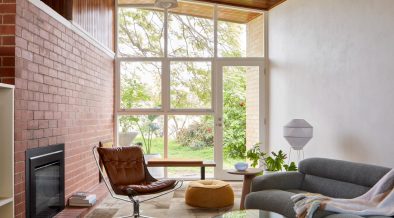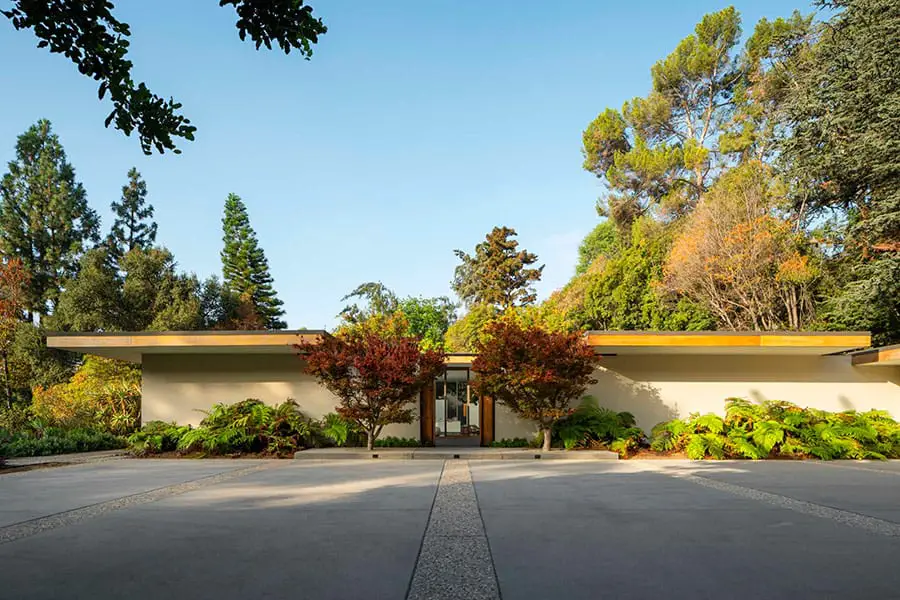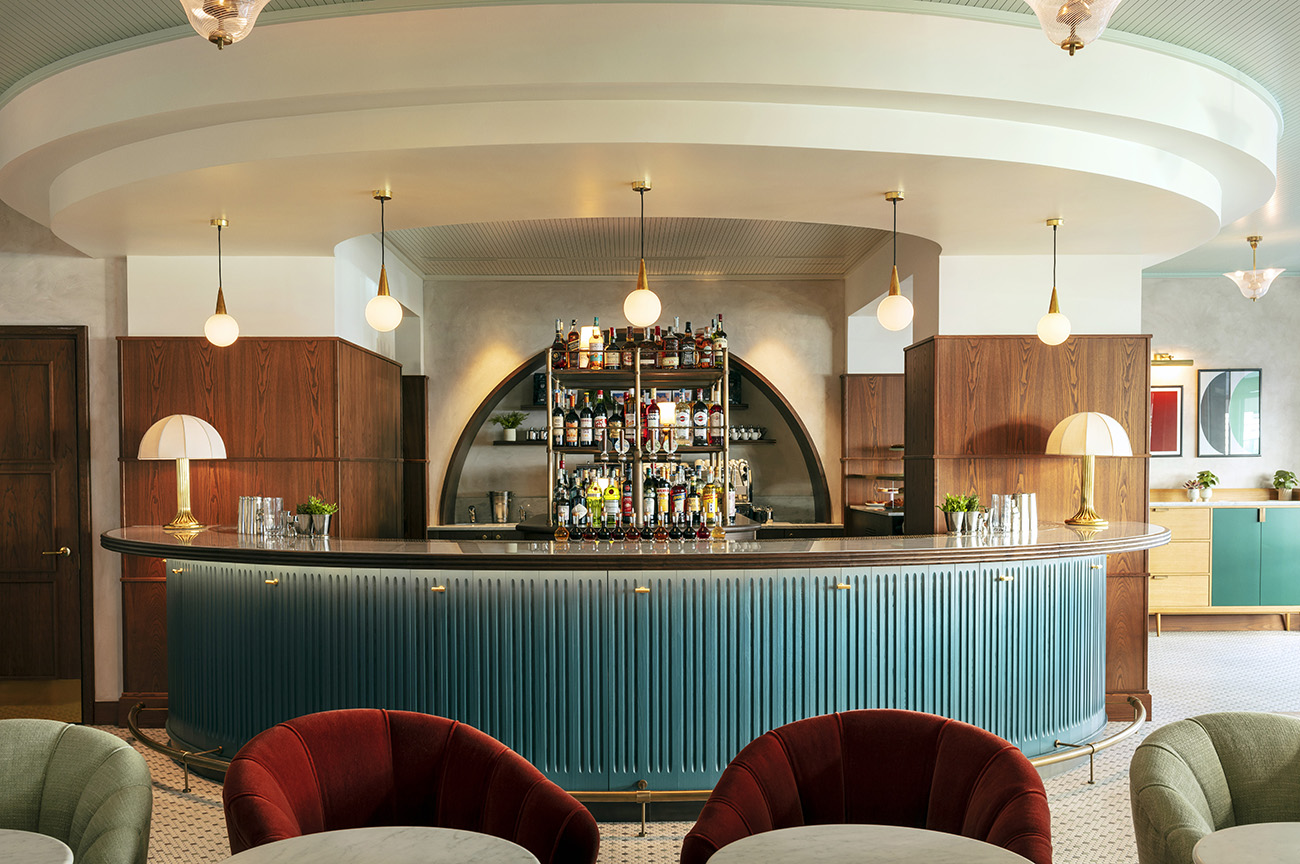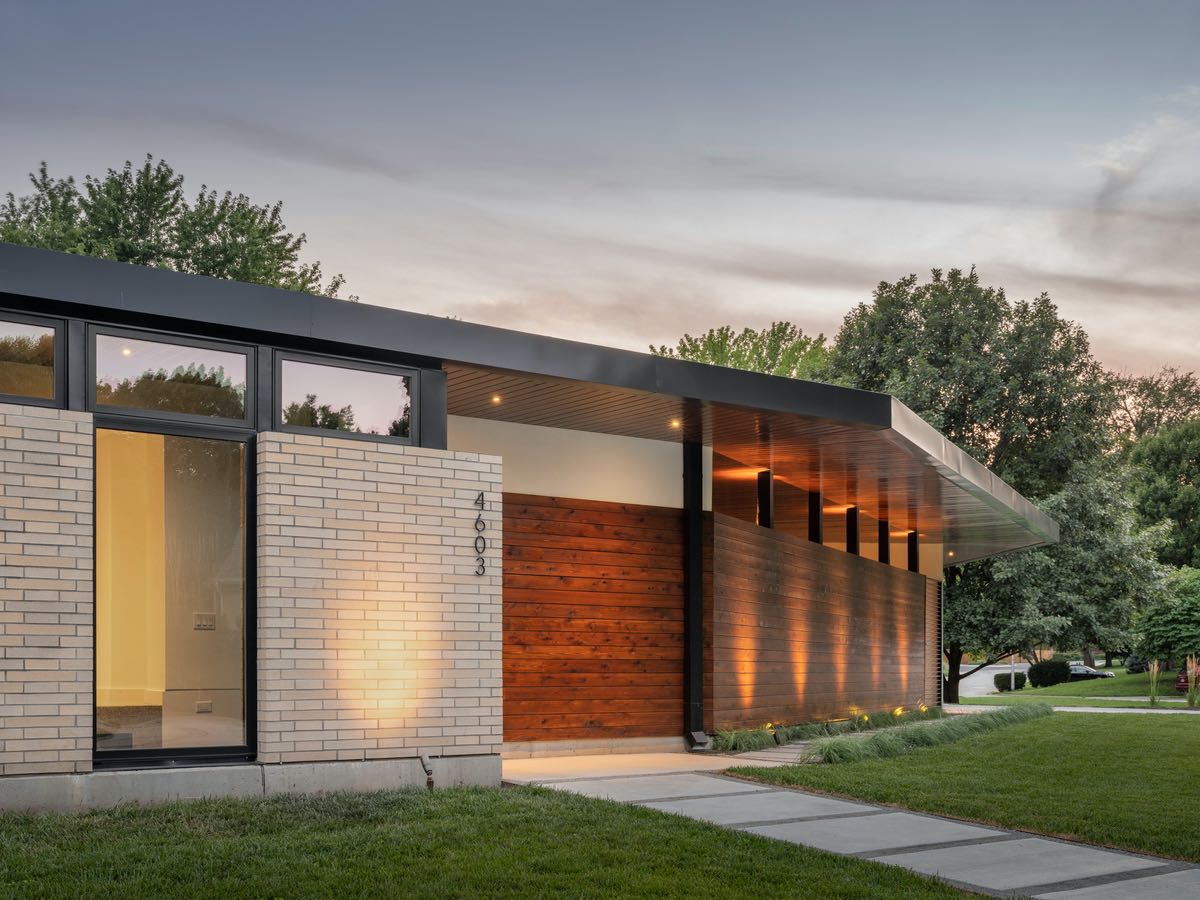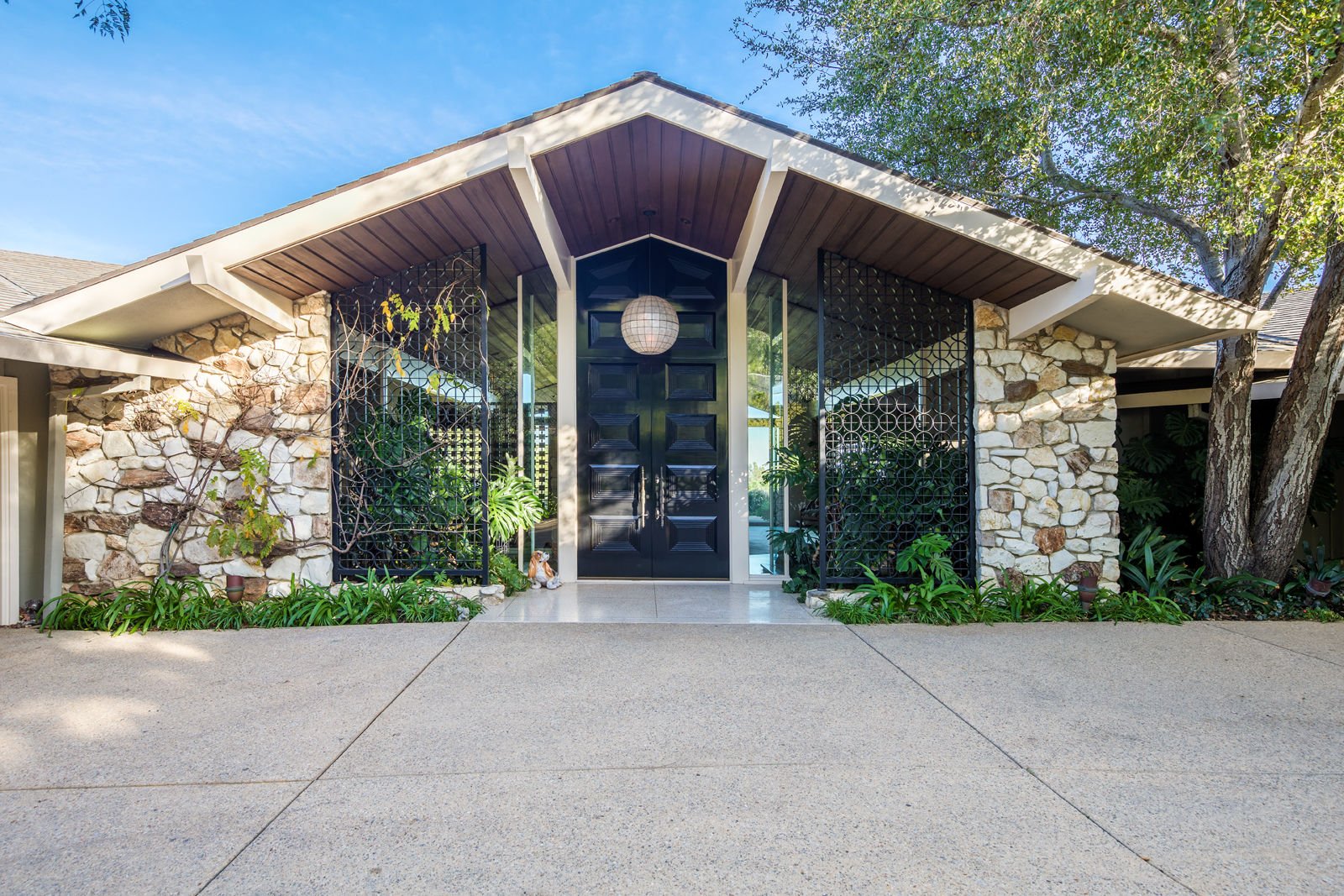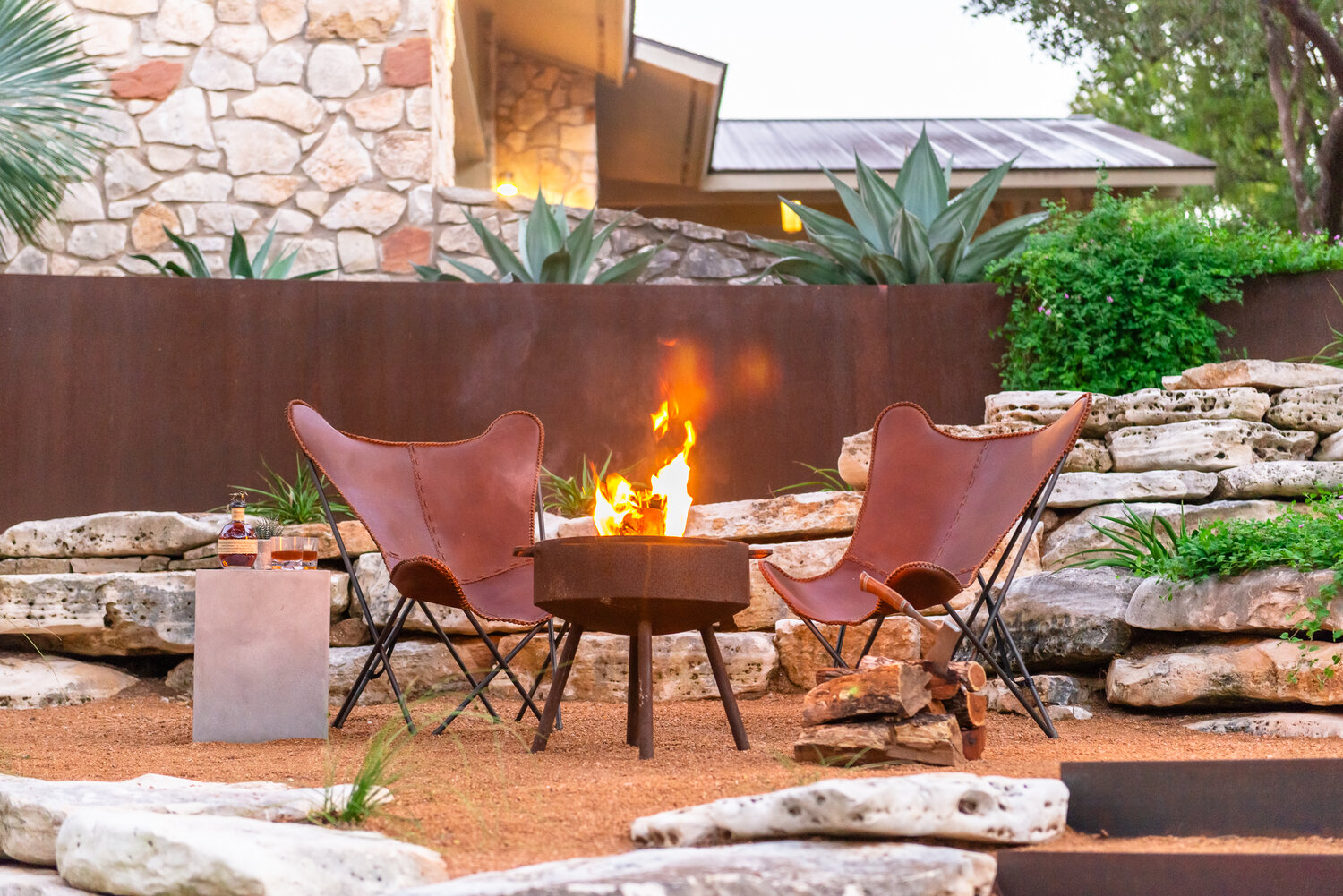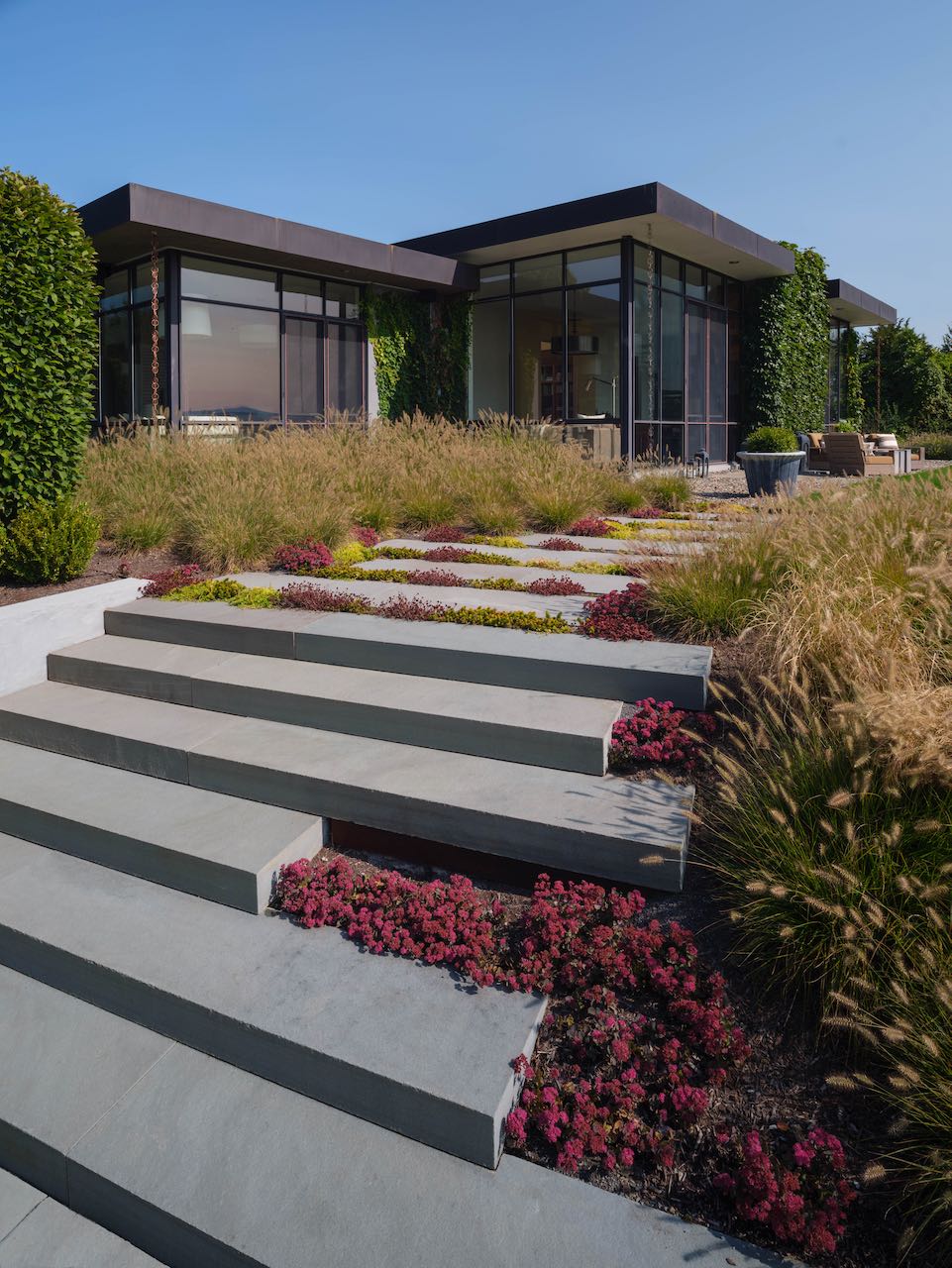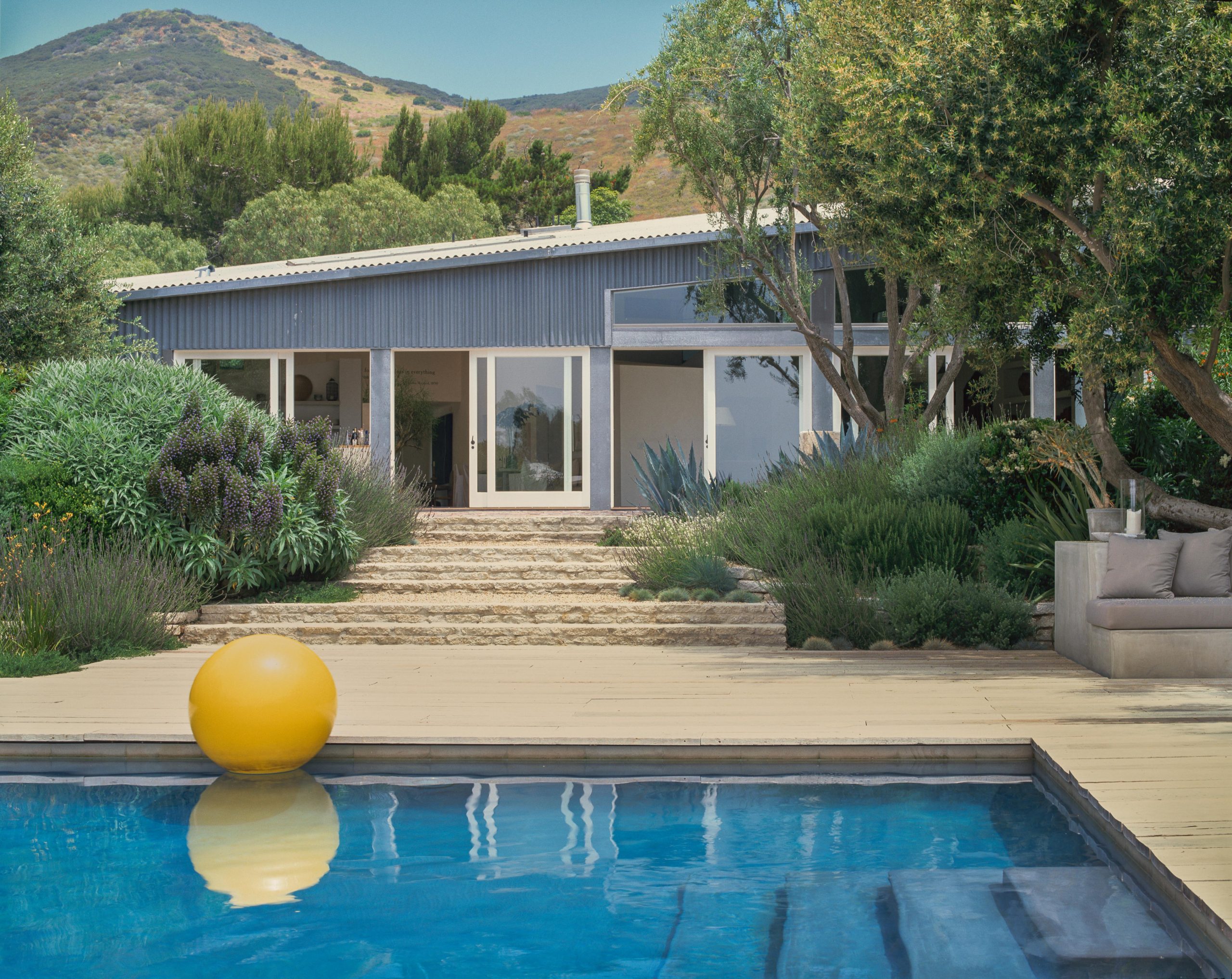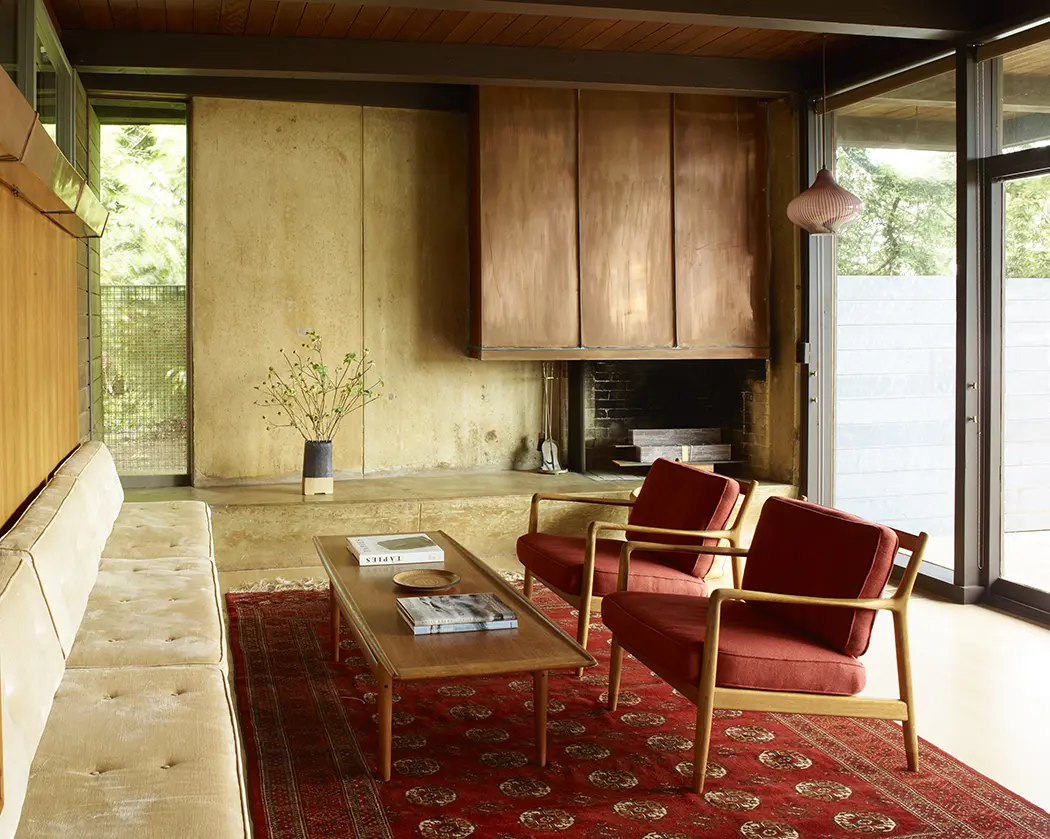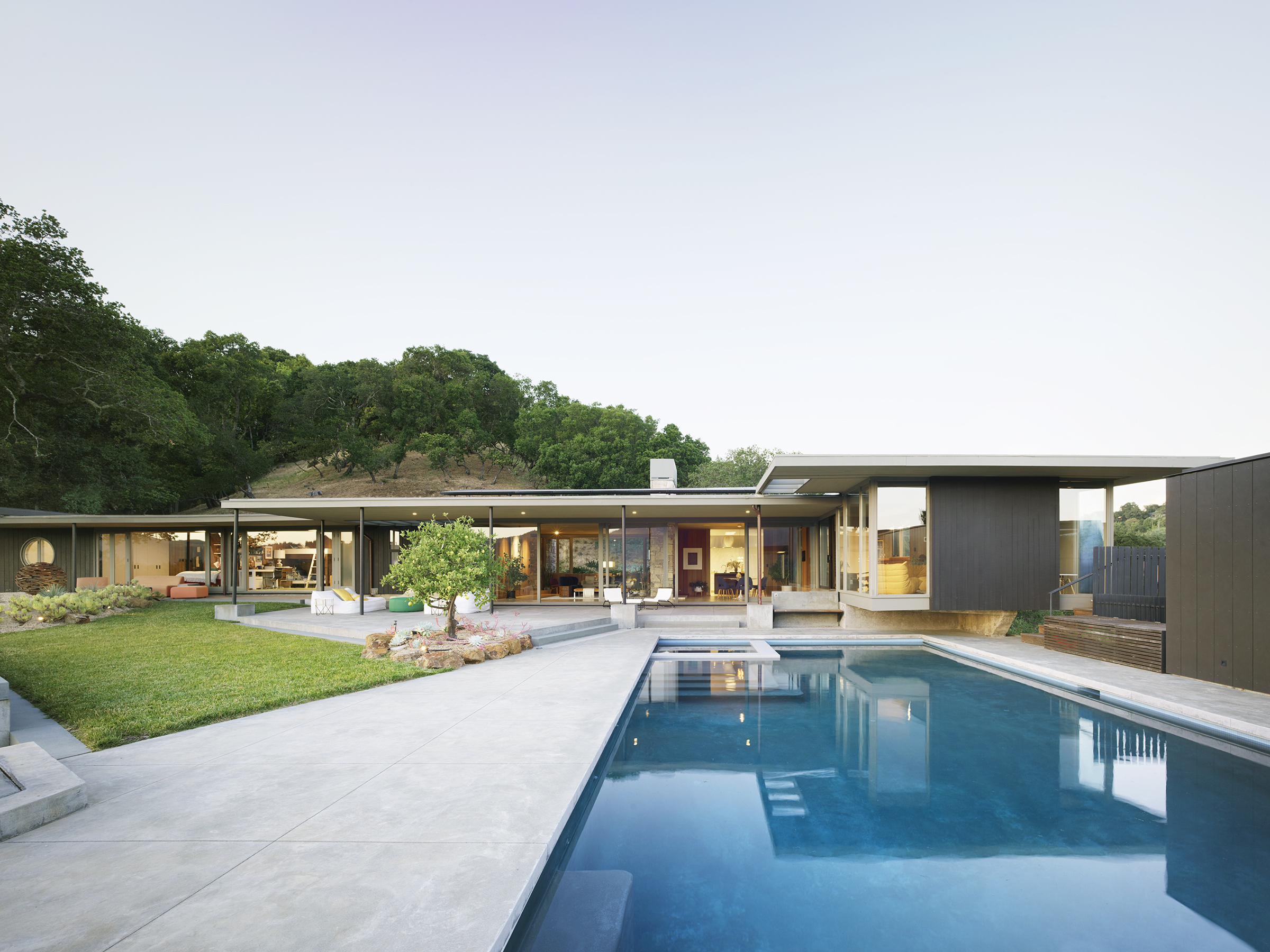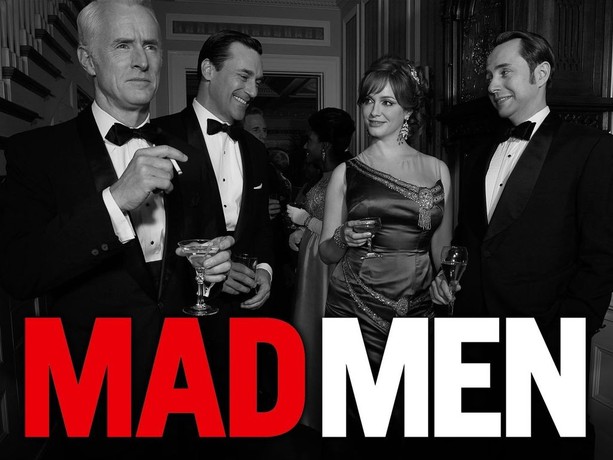
Based on an interview originally published in the limited-edition Mad Men book by TASCHEN
When Mad Men premiered in 2007, it didn’t just redefine television drama—it reignited a worldwide fascination with mid-century modern design. The show played a central role in bringing mid-century style back into contemporary homes, magazines, and retail spaces. From walnut sideboards and bar carts to brass lamps and clean-lined furniture, Mad Men helped shape a new era of appreciation for the understated elegance of the 1950s and 1960s.
At the heart of this visual revival was production designer Dan Bishop, whose meticulous approach to set design was crucial in translating the world of Mad Men into a convincing and inspiring visual narrative.
He crafted one of television’s most iconic mid-century worlds. With a background in theatre and experience on several period productions, Bishop felt immediately at home with the series. “I wasn’t at all freaked out by the pilot,” he recalled. “On the contrary, I was delighted. I love doing period stuff.”
Bob Shaw designed the pilot episode, but Bishop took the reins from there, expanding Mad Men’s visual scope into a deeply researched and layered environment. One early challenge involved geography: the show takes place in 1960s New York, but the crew films primarily in Los Angeles. “We actually shoot maybe 10 to 20 percent of any episode on location,” he explained. “We predominantly use interior scenes and build most of those sets.”
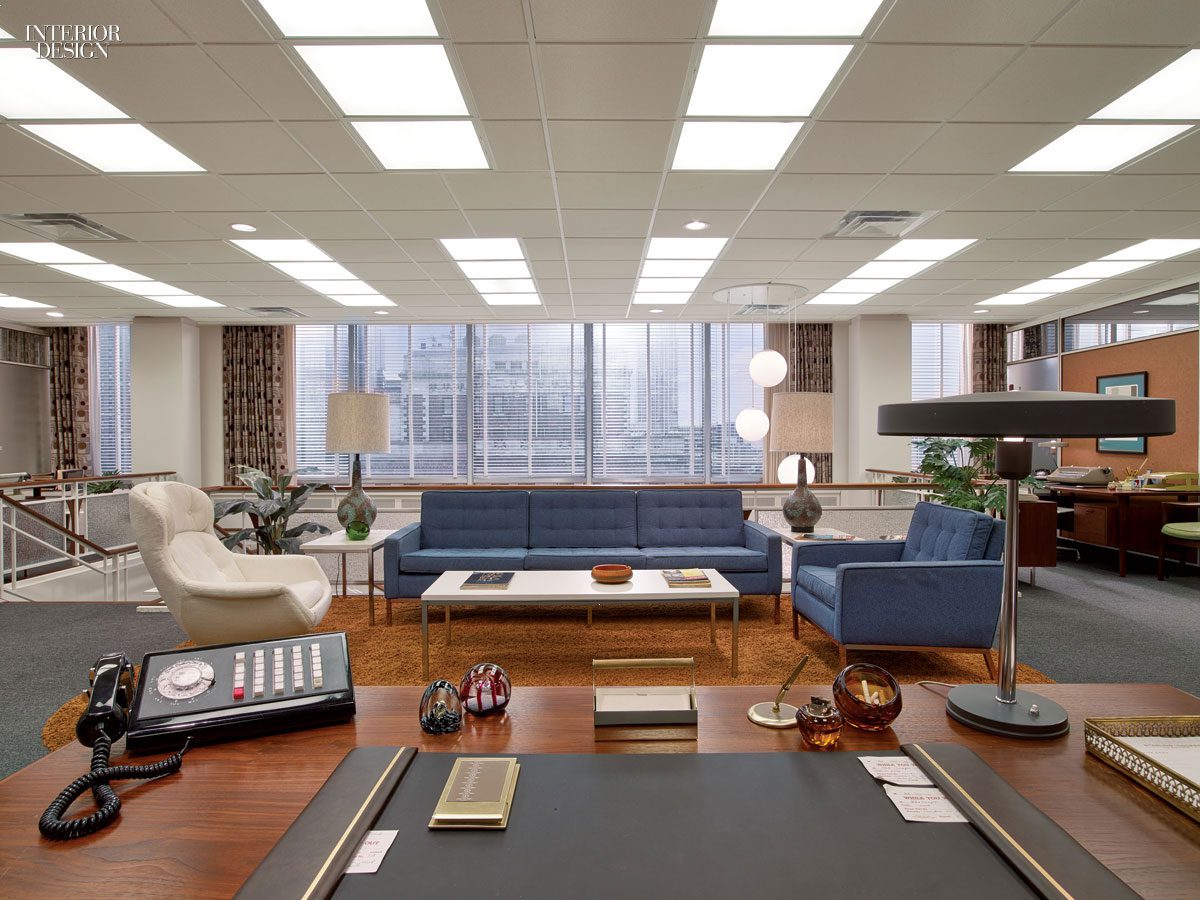
Capturing the Shifts from 1950s Modernism to 1960s Chaos
The ability to build sets from scratch gave Bishop control over every element of the design. “Once I’ve read the script, I consider the mood of the scene and the intention of the drama,” he said. From there, each decision—line, form, mass, colour—was rooted in both narrative and period accuracy.
In the early seasons, Bishop’s sets reflected the clean, structured modernism of the late 1950s. Specifically, office interiors leaned on mid-century staples: wood panelling, rectilinear forms, and subdued colours. Likewise, homes, like the Drapers’ suburban house, combined soft pastels with traditional mouldings and furniture choices that echoed post-war order and aspiration. “How things tended to be very rectilinear, straight, and modernist,” he explained.
However, as the series progressed into the 1960s, that order began to unravel. “In the ’60s, things became more curvilinear,” Bishop said. Consequently, colours shifted to bold primaries and fluorescents, shapes grew looser, and the overall tone of the interiors became more chaotic—mirroring the social unrest and cultural shifts of the time. “We try to reflect some of that chaos on the show with the way sets are dressed.”
To achieve this, Bishop and his team—including set decorators Amy Wells and Claudette Didul—relied heavily on vintage furniture, mid-century objects, and detailed prop sourcing. For example, they scoured prop houses, estate sales, and vintage dealers across Los Angeles. “A sofa, a bed, a headboard or something—will suggest a new idea,” he noted. Additionally, when specific items couldn’t be found, they were built from scratch, thereby ensuring design fidelity.
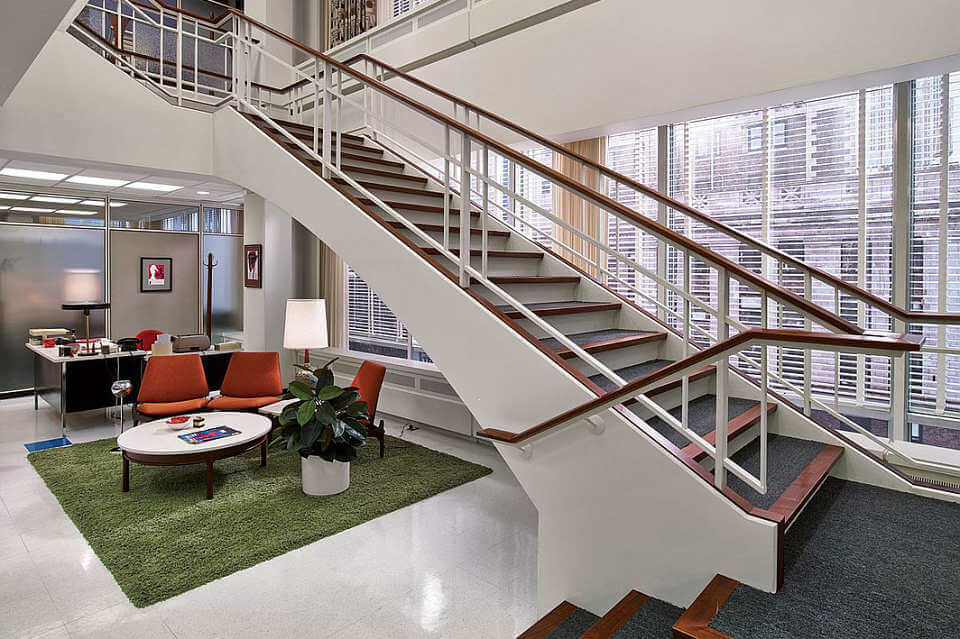
The Art of Period-Perfect Production Design
One of the most technically challenging builds was the Sterling Cooper Draper Pryce office staircase. “We cut a hole into that stage floor and excavated down, building an identical staircase going down into this hole to suggest the 37th floor.” The effect was seamless—exactly what the production required.
The team rigorously ensured period-correct props. They carefully chose typewriters, rotary phones, cigarette brands, glasses, watches, and magazines. “Matt [Weiner] participates in selecting some of those items,” Bishop said. “Especially the ones he believes will really pull focus.”
Details, from architecture to ashtrays, actively served the story and shaped a larger aesthetic impact on Mad Men. Bishop summarized the approach: “We know a certain amount of artifice, finding ways to achieve expensive-looking results more affordably.”The illusion worked. For millions of viewers, Mad Men became a window into the mid-century world—and a catalyst for bringing that world back into today’s homes.


